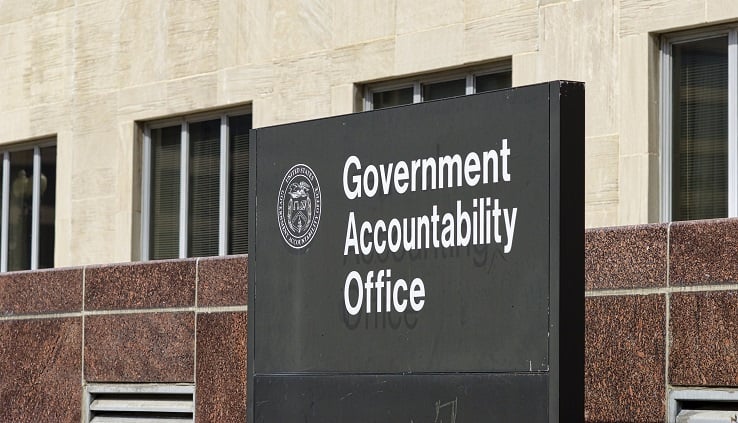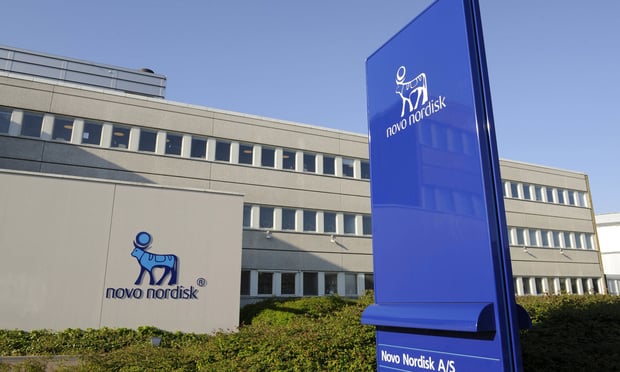 GAO investigations have informed lawmakers that, between 2015 and 2017, the state of competition in the ACA exchange system individual market grew weaker. (Photo: Thinkstock)
GAO investigations have informed lawmakers that, between 2015 and 2017, the state of competition in the ACA exchange system individual market grew weaker. (Photo: Thinkstock)The Affordable Care Act and federal regulators tried to give the ACA public exchange system a dominant position in individual major medical major medical insurance distribution.
But, as of 2016 — the third year of the ACA public exchange system's operation — the exchange plan system accounted for only 57 percent of U.S. individual major medical enrollment, according to new data from the U.S. Government Accountability Office (GAO).
The GAO is an arm of Congress that helps lawmakers monitor what's going on in the federal government.
Congress developed the ACA public exchange system in an effort to give consumers a simple way to shop for coverage from commercial insurers, and to use federal subsidies to pay for the coverage.
The GAO prepared the new report to show members of Congress how competition in the ACA public exchange system has evolved since 2014, and especially in 2016 and 2017.
At that point, the administration of former President Barack Obama was giving the exchange system enthusiastic support, but technology problems and resistance from Republicans in the U.S. House had crippled one of the major ACA public exchange issuer support programs, the ACA risk corridors program. Issuers were starting to flee from the exchange system.
GAO investigations have informed lawmakers that, between 2015 and 2017, the state of competition in the ACA exchange system individual market grew weaker.
“Each year during this time period, for the 49 states for which we had complete data, on average, between three and five issuers participated in the individual market exchanges across the states' rating areas,” John Dicken, a GAO director, wrote, in an account of the GAO investigators' findings. “Further, each year, the three largest issuers held 80 percent or more of the exchange market, on average, across the states' rating areas, in at least 46 states. For example, in Wisconsin in 2017, the market share of the three largest issuers ranged from 75percent in two of the state's 16 rating areas to 100 percent in six rating areas; on average, the three largest issuers held 92 percent market share across the 16 rating areas.”
The number of highly concentrated markets stayed about the some, but, during the period from 2015 through 2017, “market share was increasingly concentrated among a smaller number of issuers in many states, as fewer issuers participated in the exchanges,” Dicken wrote.
Individual market numbers
The GAO has also included what may be some of the first state-by-state federal government data on the size of the non-exchange individual major medical market.
Non-exchange enrollees include people who still have “grandfathered coverage,” or health insurance purchased before March 23, 2010, when Obama signed one of the two bills that created the ACA into law; people who still have “grandmothered coverage,” or coverage purchased between March 23, 2010, and Dec. 31, 2013, before the first ACA public exchange plan coverage sold took effect; and people who have off-exchange coverage purchased on or after Jan. 1, 2014.
Consumers must meet strict federal and state rules to keep grandfathered and grandmothered coverage in place.
Consumers who buy individual major medical coverage outside of the ACA public exchange system must buy the coverage without help from the ACA premium tax credit subsidy.
In spite of those challenges, non-exchange coverage continued to be a powerful force in many states' individual major medical markets in 2016, according to the new GAO figures.
Non-exchange policies' share of 2016 individual coverage enrollment ranged from 16.5 percent in Vermont, where the state has banned the sale of new off-exchange individual coverage, up to 85.5 percent, in Arkansas.
The other states where non-exchange policies accounted for more than 60 percent of 2016 individual coverage enrollment are Hawaii, Iowa, Minnesota, North Dakota and South Dakota.
Small-group exchange plan enrollment numbers
The ACA exchange system also has a small-group coverage division.
Under the Obama administration, the U.S. Department of Health and Human Services released little information about ACA small-group exchange plan enrollment.
In the new report, the GAO says that it still cannot get small-group exchange plan enrollment data for 2014, and that overall enrollment in 2016 appeared to account for less than 1 percent of most states' small-group major medical enrollment totals.
The GAO provides state-by-state small-group exchange plan enrollment data for most states for 2016.
That year, the number of people in small-group exchange plans ranged from 70, in Iowa, up to 46,396, in Vermont, which requires all small-group major medical sales to go through its exchange system. The Nevada exchange had 76 small-group plan enrollees.
A New York City subway car can safely hold at least 54 people who are seated and 198 standees. That means that all of the 2016 enrollees in small-group exchange plans in iowa and Nevada could have fit in one subway car.
The ACA exchange system's share of the small-group market ranged from about 0 percent, in Iowa, up to 99.2 percent in Vermont.
The District of Columbia was phasing in a requirement for new small-group coverage sales to go through its exchange, and many members of Congress and congressional staffers have been getting their coverage through the D.C. public exchange program.
The D.C. exchange had 26,356 people in small-group exchange plans in 2016, and the small-group exchange had a 29.5 percent share of the district's 2016 small-group health insurance enrollment, according to the GAO.
In states where use of the ACA small-group exchange was optional in 2016, Rhode Island had the highest ACA exchange small-group market share. The Rhode Island exchange accounted for 7.6 percent of small-group market enrollment in its state that year.
The other states listed in the GAO table where the ACA small-group exchange division accounted for at least 1 percent of 2016 small-group enrollment are Colorado, Kansas, Maine, Montana, New Hampshire, New Mexico, New York state and West Virginia.
Resources
A link to the GAO ACA public exchange report is available here.
Read more:
- How ACA 'dine and dashers' affect the market
- Opposing Trump actions bring more uncertainty to ACA marketplaces
- When it comes to health care costs, number of marketplace competitors matters less than type
© 2025 ALM Global, LLC, All Rights Reserved. Request academic re-use from www.copyright.com. All other uses, submit a request to asset-and-logo-licensing@alm.com. For more information visit Asset & Logo Licensing.







